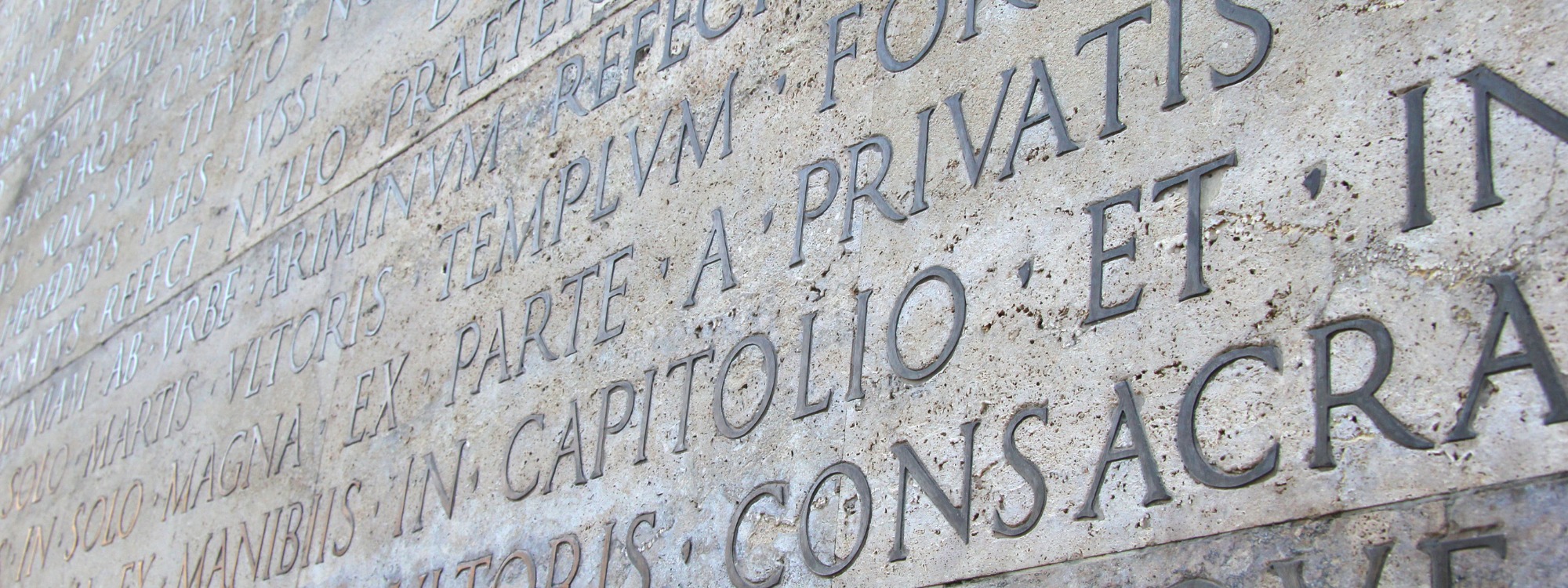
KS4 - Latin
Choose a subject
Board
OCR
Outline of the Course
- The course builds on the foundations laid in Years 8 and 9 of the Cambridge Latin Course, combining Latin Language work with the study of Roman Britain and Roman Alexandria, touching on such diverse topics as slavery, science and technology, through to the Romanisation of Britain, religion and ritual, travel, transport, governance, the Roman legionary army and the links with Rome.
- The study of Latin not only exposes students to the enormous influence of Rome and Roman culture on the modern world and modern European languages, and some of the foundational texts of our culture; it equips students with key transferable skills including logical thinking, problem-solving, precision & clarity of thought and expression, and a richer understanding of the world we live in.
- The GCSE curriculum is broadly split into the study of Latin Language, and the study of prescribed original Latin Texts, as follows:
Language Component (50%)
- Develops and deepens the understanding of Latin grammar and syntax.
- Sharpens the key skills of precise and accurate translation and comprehension
- Introduces the practice of translation of sentences into Latin.
Literature Component (50%)
- Studying a verse text in Latin: those taking GCSE Latin in 2025 and 2026, will study a section from Virgil’s Aeneid I depicting the aftermath of the Trojan War.
- Studying a prose set text in Latin: those taking GCSE Latin in 2025 and 2026, will study Tacitus’ account of the life and downfall of Messalina, the wife of Emperor Claudius.
- Learning analytical skills – through appreciation of and writing about the texts we study
- Discussing with confidence the ideas presented by the set authors.
Assessment
Type of Assessment |
Duration |
Weighting |
|
1 |
Language: Translation & Comprehension |
1 hour 30 minutes |
50% |
2 |
Prose Literature |
1 hour |
25% |
3 |
Verse Literature |
1 hour |
25% |
GCSE-Programme-of-Courses-Booklet.pdf GCSE-Resources-Booklet.pdf


